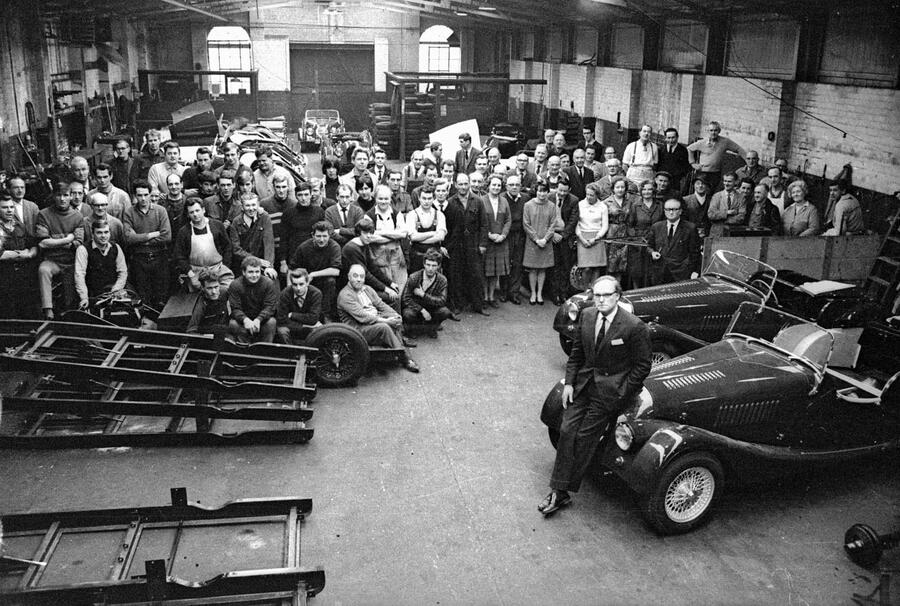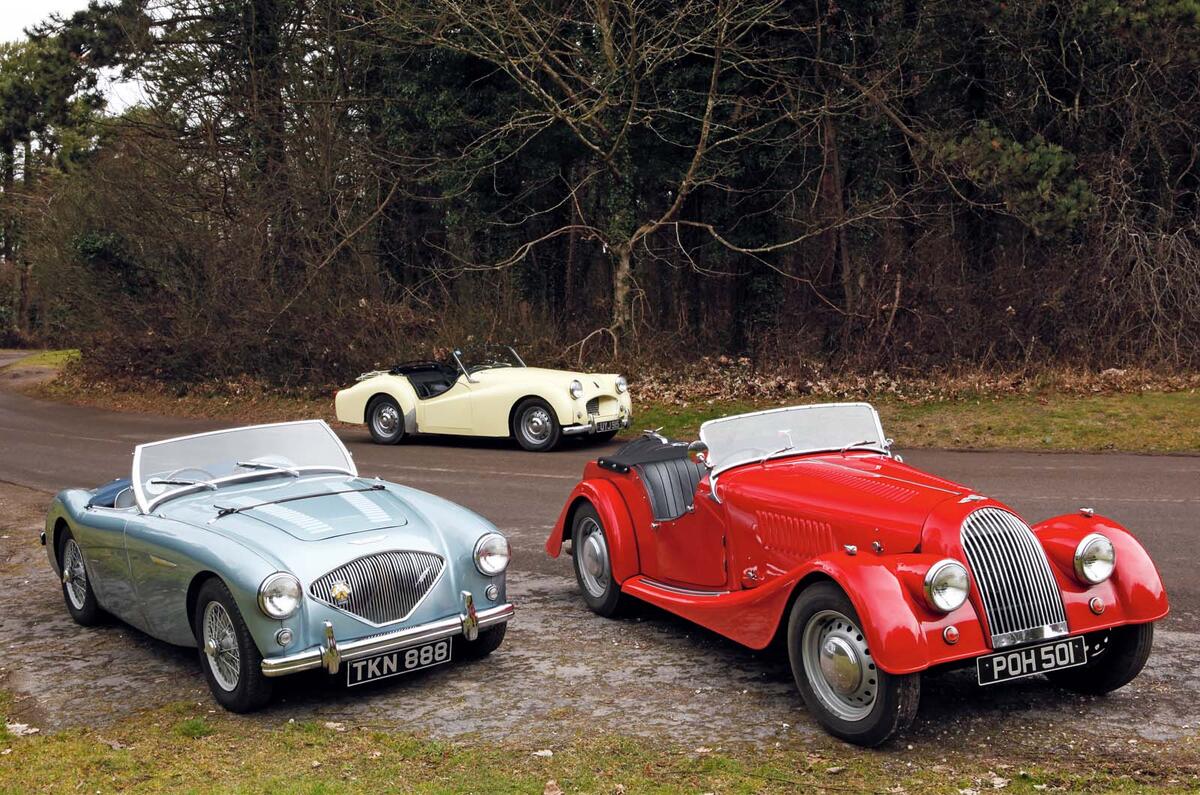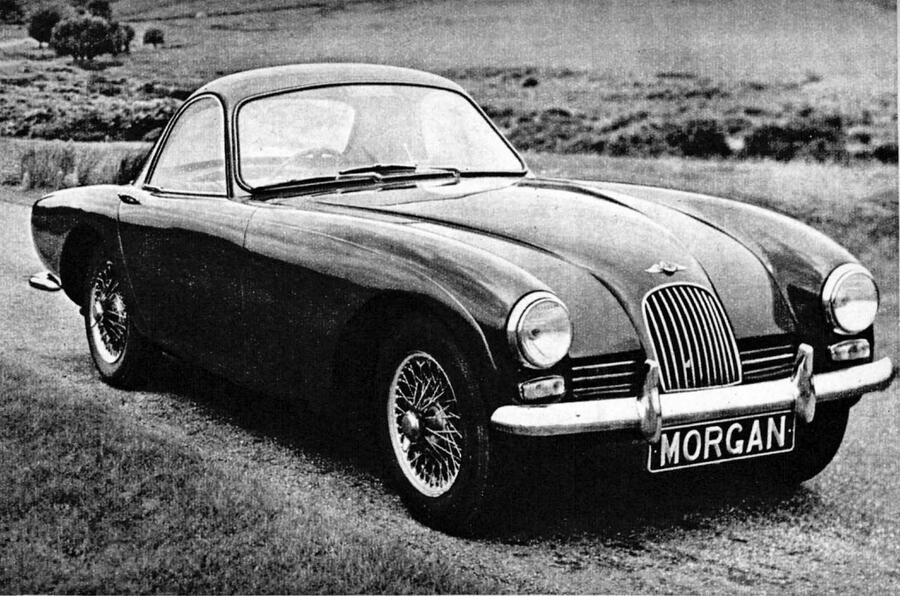For as long as anyone can recall, Morgan cars have been clearly and proudly old-fashioned, in terms of style, ethos and production, even if the engines have been modern.
And while many have always been baffled by the prospect of buying a new car that looks like a very old one, many others adore Morgan. But when exactly did the British brand get stuck in time – and why?
Let’s go back to the start. In the earliest days of motoring in Britain, only the upper crust could partake; those below could afford only a motorcycle, attaching a sidecar if they needed to carry passengers.
So when former railway engineer Henry Morgan decided to put his own car into production, with a simple design featuring only one rear wheel and a two-cylinder engine from a motorcycle, he was deluged by a torrent of pent-up demand for an affordable car.
Jump forward to late 1918 and Autocar readers were clamouring for a ‘£100 car’ (that’s about £5000 now) to get the masses motoring after the Great War – and our answer was Morgan’s Runabout, despite the fact the Malvern creation had never really been updated.
“Anyone accustomed to cars of a conventional character must pause to admire the genius of the man who evolved a machine so efficient, so obviously simple and so cheap,” we said, having prior noted that it was “far more suitable for high-speed sporting work” than AC’s rival.
However, as ‘proper’ cars became more and more affordable through the ’20s and ’30s, Henry recognised that he needed something new. The result: a four-wheel, four-cylinder sports car, logically named the 4/4.

“There are several interesting features in the design,” we said (not least independent front suspension), “but without doubt the first point to take the eye is the distinctive appearance. It is unusually low in build and looks long and graceful.”






Join the debate
Add your comment
This was the start of a good story.
So many articles on here start off interesting only to abuptly stop. Is there a longer form version in the print copy? If so, tell us so we might seek it out!
Or are they articles cynically written to make people spend 60/90/120 seconds on the webpage in order to be better able to sell advertising by showing longer dwell times on your pages?